
I’ll save you the history of low-spoke and mag wheels, and get straight to the point. Spengle wants to see wheels like their monocoque 3-spoke offering become the norm, and they have a guarantee to entice riders to buy. They’re full carbon, Boost hoops will stay true, and crack free, or they will replace them. Simple as that.
The brand claims that their enduro-ready wheels are the lightest possible design for their given strength and that the spacey shape provides better damping than traditional spoke wheels, though there isn’t readily available data to support the latter claim.
Instead of merely adding dimples to the rim and calling it progress, SPENGLE have looked to re-engineer the entire wheel. The elbow structure allows us to use the properties of carbon fibre to redistribute the incoming forces away from the rider and across the wheel as a whole, smoothing the experience for the rider.
Specs and construction

- €1,490
- 27.5″ diameter available, with 29″ in the works
- 24mm internal rim width
- Actual weight for the set without rotors/cassette/tires/etc: 2,409 grams
- Hookless rim bed with no need for rim tape
- Boost and non-Boost hub spacing available
- Monocoque carbon fiber construction
- Centerlock rotors only
- Shimano freehubs only
- Won’t ever need a true according to Spengle
- Lifetime warranty




On the trail

Setting up the wheels for the first ride was simple and quick. I had the discs center-locked on, and a new 12-speed Sun Race cassette mounted in a matter of minutes. Spengle’s integrated hubs are only available with Shimano HG style freehub bodies, but Sun Race makes some cassettes that help the wheel play well with SRAM 12-speed drivetrains.
The tubeless setup with these wheels was as easy and quick as expected. With no tape or nipple holes to leak and reseal, the process is as simple as inserting a valve, mounting the tire, adding some sealant, and pumping it full. You will need extra-long valves to make up for the thickness of the rim. I cut a pair of valves out of some punctured road tubes, and they worked fine. The bead seated quickly, then I dropped the pressure to my usual 20psi in the front and 22psi rear, and was off for a pedal.
I expected the tri-spoke hoops to feel overly stiff and harsh on rough trails. I also expected to get larger sticks lodged between the spokes, like Chinzano in the 1979 road racing film Breaking away. Fortunately, neither of those preconceived notions came true. The most surprising thing about the Spengle wheels was that they largely felt like my other wheels that have stiff carbon rims. Without looking down at them, I would believe that I was riding a heavier pair of carbon rims laced with steel spokes and alloy nipples, to an alloy Boost hub. The felt sensation of riding them was largely familiar.

Spengle claims that the carbon 3-spoke design better disperses impacts throughout the wheel and sends less of that energy to the rider. I used the same tires and suspension setup when I swapped from a set of alloy Stan’s Flow wheels to the 3-spokes, and the most notable difference was not the damping characteristics, but their weight. The Spengles feel properly planted on the ground, and decidedly stable. Lighter riders or folks with overly air-prone bikes might appreciate the ground-attracted sensation that these wheels create. They added just over 500 grams to my total bike weight, which is not exactly the direction I prefer to go with expensive upgrades.
I ran the wheels without tire inserts, on trails where I would definitely run some foam in the rear tire on my personal wheels, and heard the rim hit more than one bread loaf size stone. I added a bit of air to the rear tire until I could make it down a run with only one or two rim strikes. I am not sure if I managed to puncture a tire on any of these rides, as the new Stan’s “race” sealant can close most holes, but no rides were ruined by tubes while testing these wheels. After several weeks of hard riding, and copious rim strikes, the wheels look as good as new. The narrowest edge of the rim has not shown any concerning signs of abuse, no matter how hard I tried to bang them up.
The 24mm rim profile is a bit narrow by today’s standards, and it held my tires in a rounder shape that I am accustomed to. The 2.3″ DHF and Aggressor I ran on the wheels already have a fairly round profile on my alloy wheels with a 30mm internal measurement, and on the Spengle wheels, they look downright narrow. I measured both tires while they were mounted on the 3-spoke hoops, and each came out to 56mm, or 2.20 inches, at the widest edge of useable tread. I usually don’t even run tires that narrow on my XC race bike.
Final thoughts

I was able to shred around on the 3 spoke wheels for a little over 5 weeks before I had to return the 27.5 bike I was reviewing. If Spengel can eventually shave the weight of the wheelset down to, or below, the 2,000-gram mark I could see some folks converting to these reportedly-indestructible wheels. Rotational mass is one piece of physics that even us mathematically-challenged dirtbags pay attention to, and the weight penalty will keep most folks truing their lighter steel spokes for at least a few years to come.
For riders who regularly dent or break their rims, and are tired of truing and replacing them, these could be the perfect wheel. Spengle promises a quick turnaround for any warranty claims to get riders back on the trails post haste. If you have dreams of your modern mountain bike looking more like your 1980s Schwinn Predator, these 3-spoke mags will bring you one step closer.
Thanks to Spengle for loaning the wheels for review.


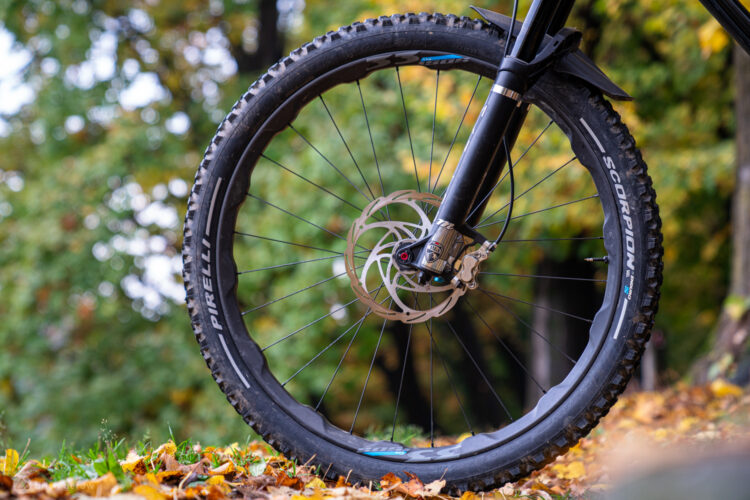
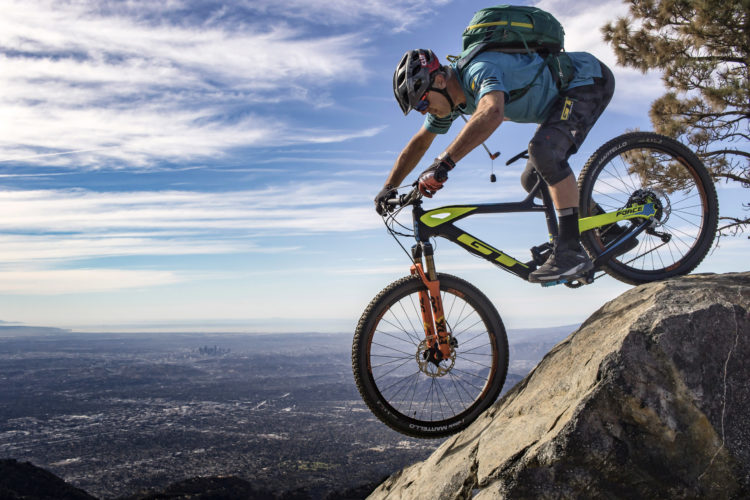

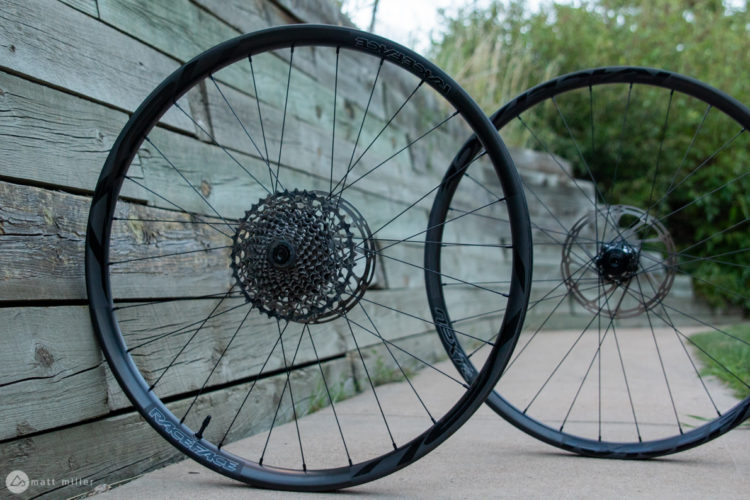

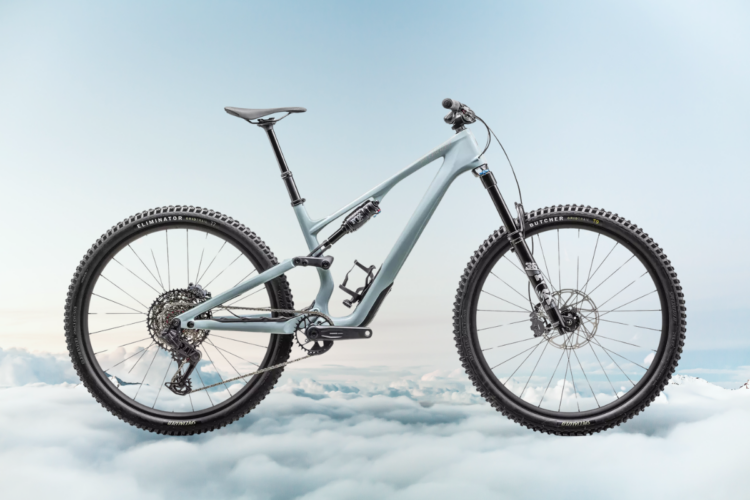

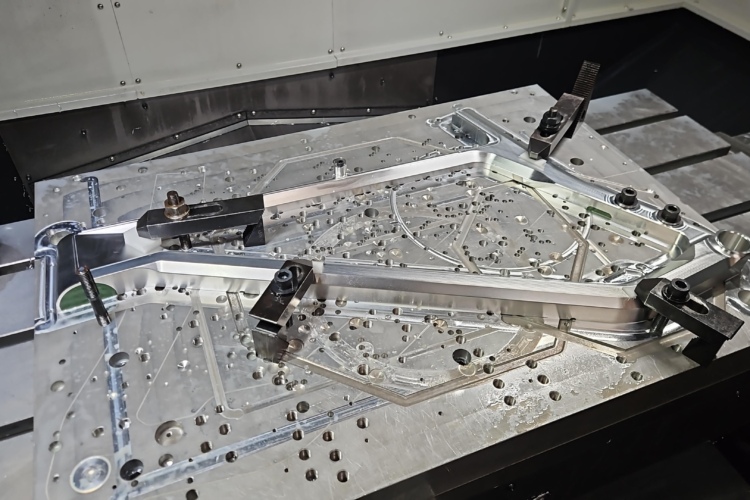

11 Comments
May 7, 2019
May 7, 2019
I am compiling an article on tubeless tips and tricks that will be out in the coming weeks, and I will be sure to add this in. Thanks!
May 8, 2019
May 9, 2019
May 8, 2019
May 8, 2019
May 10, 2019
May 10, 2019
May 7, 2019
May 7, 2019
May 7, 2019
We've just serviced a rear hub that was produced in 1998, swapped the bearings our and sent back to the customer ????